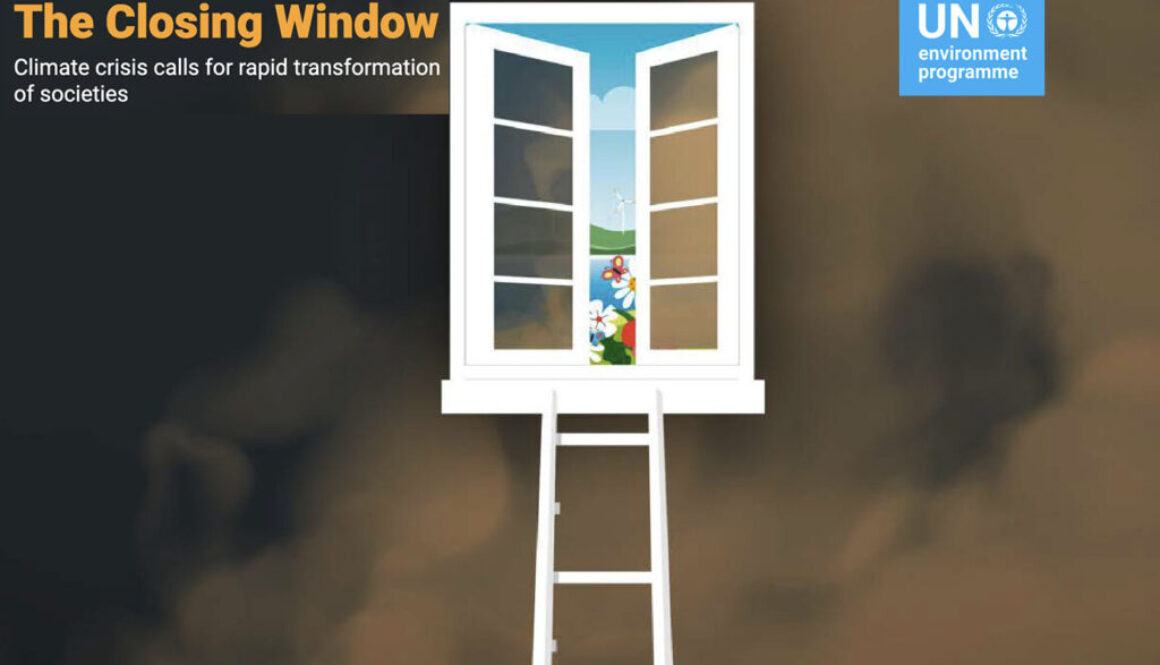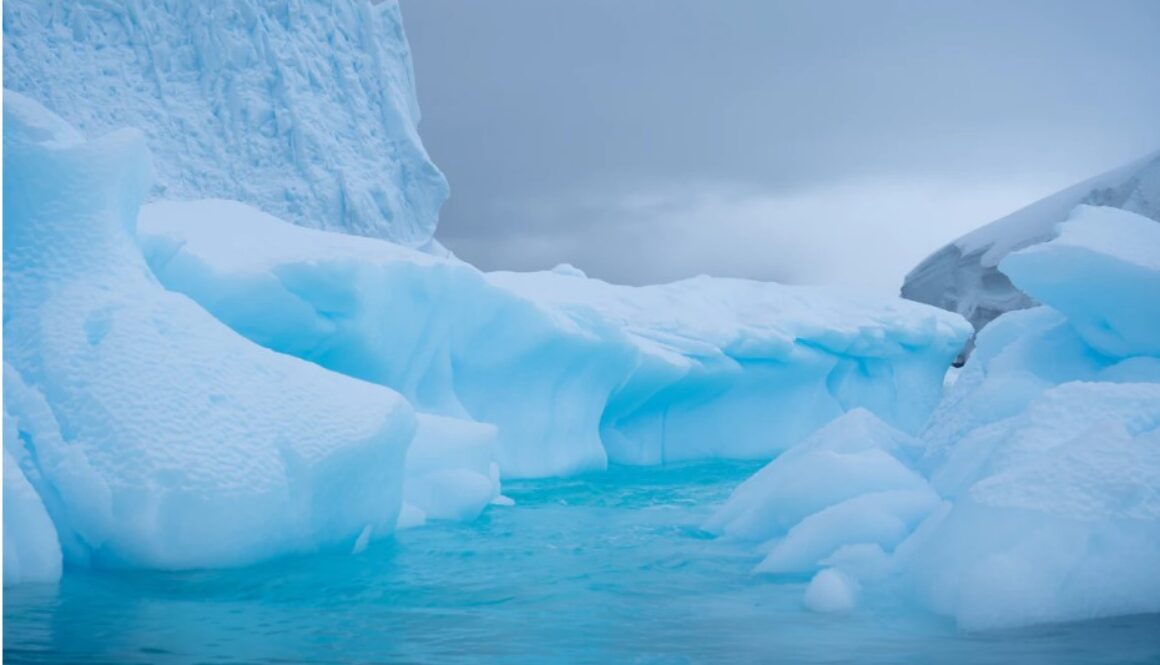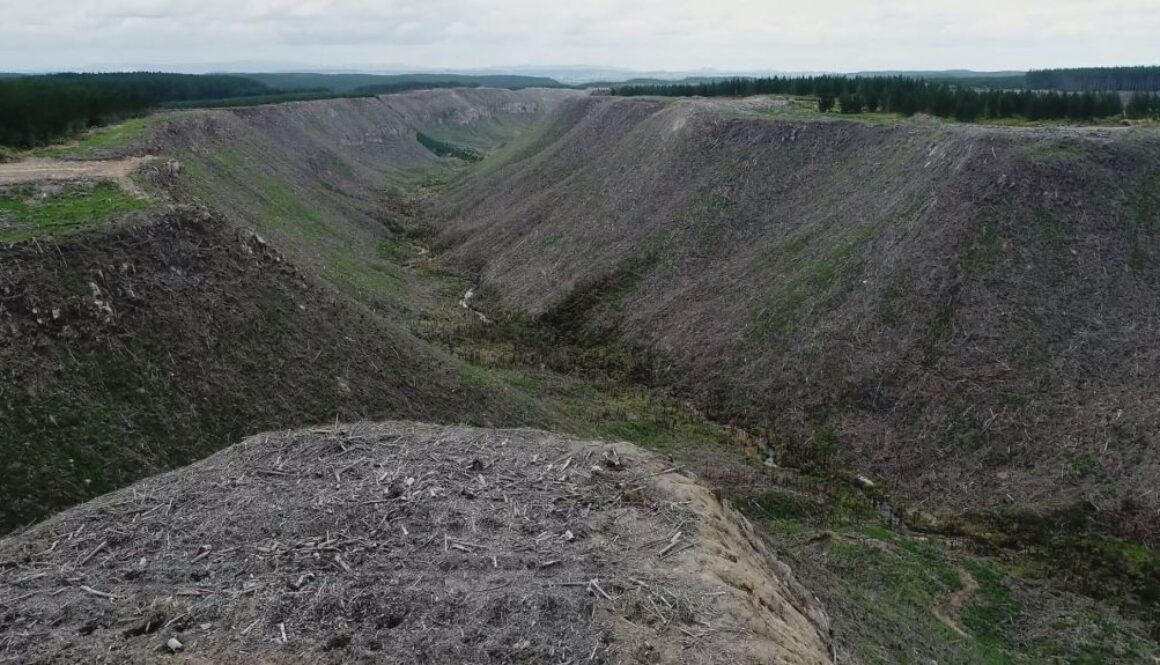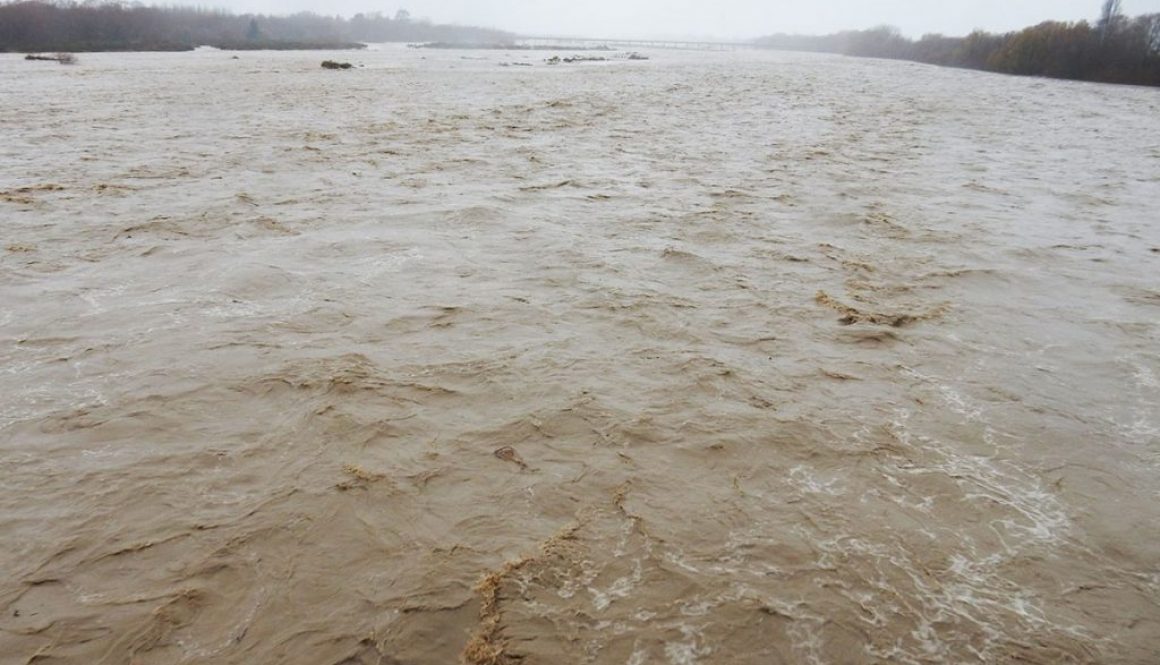It comes as no surprise. Following COP 26, in December last year it was evident that the carbon budget to stay under 1.5C already was bankrupt. Some simple arithmetic clearly demonstrated that.
Since COP26, the ‘Don’t-Look-Up’ mentality, or perhaps the ‘war-in-Ukraine’ and ‘post-Covid-economy’ have become diversionary topics. The latest UN GAP Report begins with a clear admission, and an admonition. Nations have shaved just 1% off their projected greenhouse gas emissions for 2030, at a time when reductions need to be 45% to have even a chance to keep temperatures under 1.5C. In short, there is no credible no credible pathway in which global temperatures under that 2.8C, and “...uncertainties in the climate system mean that warming of up to 4C cannot be fully ruled out.”
These uncertainties are the dangerous tipping points explained in more detail on this website.
If you’re not up to reading the full report, Carbon Brief has an in depth analysis. While the report also offers solutions, the window is closing on fingernails barely clinging to the sill.
“Every year, the negative impacts of climate change become more intense. Every year, they bring more misery and pain to hundreds of millions of people across the globe. Every year, they become more a problem of the here and now, as well as a warning of tougher consequences to come. We are in a climate emergency.
“And still, as UNEP’s Emissions Gap Report 2022 shows, nations procrastinate. Since COP26 in Glasgow in 2021, new and updated nationally determined contributions (NDCs) have barely impacted the temperatures we can expect to see at the end of this century.
“This year’s report tells us that unconditional NDCs point to a 2.6°C increase in temperatures by 2100, far beyond the goals of the Paris Agreement. Existing policies point to a 2.8°C increase, highlighting a gap between national commitments and the efforts to enact those commitments. In the best- case scenario, full implementation of conditional NDCs, plus additional net zero commitments, point to a 1.8°C rise. However, this scenario is currently not credible.
“To get on track to limiting global warming to 1.5°C, we would need to cut 45 per cent off current greenhouse gas emissions by 2030. For 2°C, we would need to cut 30 per cent. A stepwise approach is no longer an option. We need system-wide transformation. This report tells us how to go about such a transformation. It looks in-depth at the changes needed in electricity supply, industry, transport, buildings and food systems. It looks at how to reform financial systems so that these urgent transformations can be adequately financed.
“Is it a tall order to transform our systems in just eight years? Yes. Can we reduce greenhouse gas emissions by so much in that timeframe? Perhaps not. But we must try. Every fraction of a degree matters: to vulnerable communities, to species and ecosystems, and to every one of us. Most importantly, we will still be setting up a carbon-neutral future: one that will allow us to bring down temperature overshoots and deliver other benefits, like clean air.
“The world is facing other crises. We must deal with them. But let us remember that they also offer opportunities to reform our global economy. We have missed the opportunity to invest in a low-carbon recovery from the COVID-19 pandemic. Now, we are in danger of missing the opportunity to boost clean and efficient energy as a response to the energy crisis. Instead of missing such opportunities, we must capitalize on them with confidence.
“I urge every nation and every community to pore over the solutions offered in this report, build them into their NDCs and implement them. I urge everyone in the private sector to start reworking their practices. I urge every investor to put their capital towards a net-zero world. The transformation begins now. ”
– Inger Anderson, Executive Director, UNEP, Emissions Gap Report 2022











